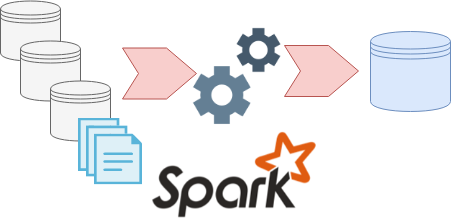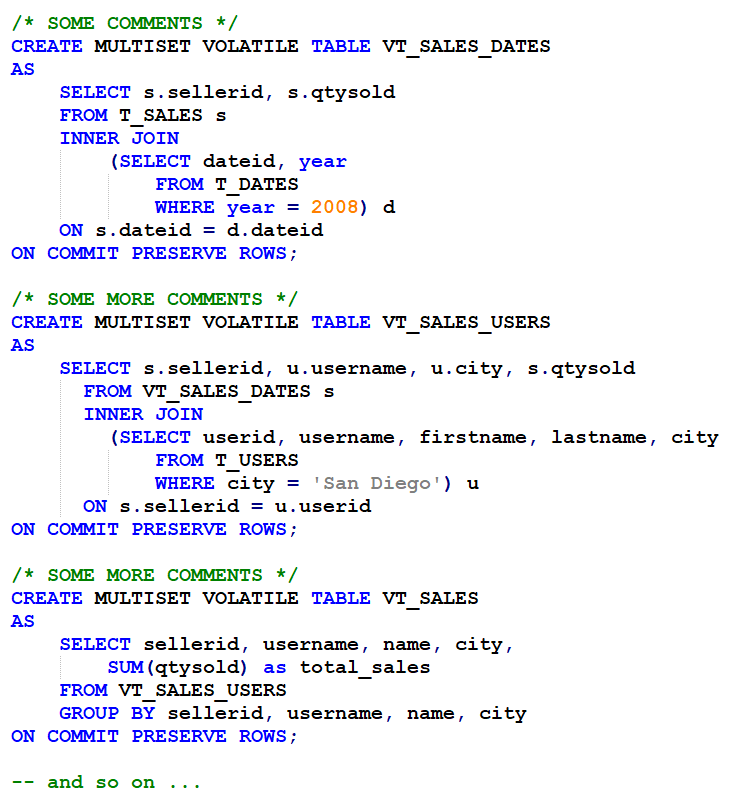This is a simple routine to generate random data with a configurable number or records, key fields and non key fields to be used to create synthetic data for source change data capture (CDC) processing. The output includes an initial directory containing CSV files representing an initial data load, and an incremental directory containing CSV files representing incremental data.
Spark Training Courses from the AlphaZetta Academy
Data Transformation and Analysis Using Apache Spark
Stream and Event Processing using Apache Spark
Advanced Analytics Using Apache Spark
Arguments (by position) include:
no_init_recs: the number of initial records to generateno_incr_recs: the number of incremental records on the second run - should be>= no_init_recsno_keys: number of key columns in the dataset – keys are generated as UUIDsno_nonkeys: number of non-key columns in the dataset – nonkey values are generated as random numberspct_del: percentage of initial records deleted on the second run - between 0.0 and 1.0pct_upd: percentage of initial records updated on the second run - between 0.0 and 1.0pct_unchanged: percentage of records unchanged on the second run - between 0.0 and 1.0initial_output: folder for initial output in CSV formatincremental_output: folder for incremental output in CSV format
NOTE : pct_del + pct_upd + pct_unchanged must equal 1.0
Example usage:
$ spark-submit synthetic-cdc-data-generator.py 100000 100000 2 3 0.2 0.4 0.4 data/day1 data/day2
Example output from the day1 run for the above configuration would look like this:
Note that this routine can be run subsequent times producing different key and non key values each time, as the keys are UUIDs and the values are random numbers.
We will use this application to generate random input data to demonstrate CDC using Spark in a subsequent post, see you soon!
Full source code can be found at: https://github.com/avensolutions/synthetic-cdc-data-generator
if you have enjoyed this post, please consider buying me a coffee ☕ to help me keep writing!

